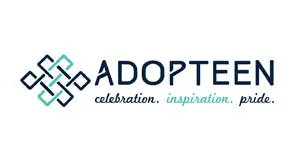- Race Education
“Daddy Why Am I Brown?”: A healthy conversation about skin color and family
This is a children’s book meant to start a conversation about how kids can learn to talk about skin color in a way that’s kind, thoughtful, and healthy. It’s also meant to help children understand the difference between race, ethnicity, and culture.
- Race Education
Resilience – “Reading and RES: Parent Tip Tool: Choosing and Using Books to Discuss Race and Ethnicity”
This brief article explains how reading books with your child is a key way to start and continue conversations about race and ethnicity. It also discusses why books are a good medium, the importance of conversations about race, and tips for how to choose appropriate books for your child.
- Race Education
Beynd the Golden Rule
This illustrated book serves as a parent’s guide to preventing and responding to prejudice. This book explores how to discuss racism and tolerance depending on the age of the child.
- Race Education
American Psychological Association RESilience – “Resources for Parents: Uplifting Youth Through Healthy Communication About Race”
This website features tip tools, books, blogs, and other resources about creating healthy and safe conversations about race between children and parents. This initiative focuses on RES (racial and ethnic socialization), the process by which children learn about race.
- Race Education
Yale University Open Yale Courses – African American History: From Emancipation to the Present (2010)
This archive provides all of the course materials for one of Yale’s Open Courses which examines the African American experience in the US from the 1800s until 2010s. More specifically, the professor analyzes urbanization, modern civil rights movements, and the leadership of prominent Black political figures and leaders.
- Literature
In Their Own Voices: Transracial Adoptees Tell Their Stories
This is a collection of interviews conducted with Black and biracial young adults adopted by white parents. It entails personal stories of two dozen individuals “who hail from a wide range of religious, economic, political, and professional backgrounds”. Some things this book explores is “How does the experience affect their racial and social identities, their choice of friends and marital partners, and their lifestyles?” The book includes overviews of both the history and current legal status of transracial adoption as of 2000.


